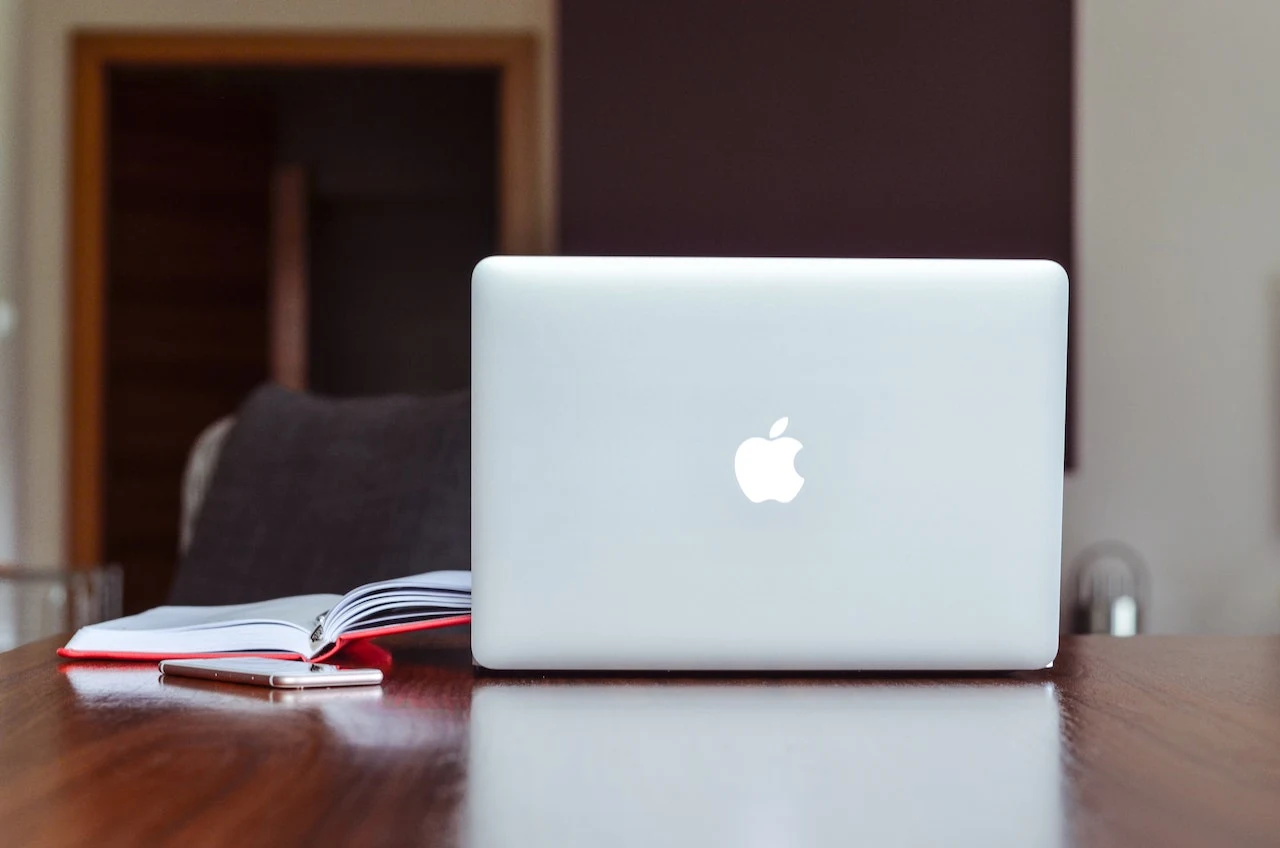Choosing the Right MacBook for Programming: A Comprehensive Guide
The complex and arduous work of programming necessitates the use of a strong computer. A MacBook is the device of choice for many developers, especially those who work within the Apple ecosystem. Choosing the best MacBook model for programming can be difficult given the variety of models that are available. We'll explore the crucial elements to take into account while selecting the ideal MacBook for your programming needs in this in-depth tutorial.
I. Understanding Your Programming Requirements
Understanding your programming needs is vital before going
into the nuances of MacBook models. Your choice of MacBook should take into
account your unique needs as programming involves a wide range of languages,
frameworks, and development environments. Think about the following elements:
1. Programming Language: The resource needs of various
programming languages differ. For instance, machine learning with TensorFlow or
data science using Python may require less computing power than web development
using HTML and CSS.
2. Development Environment: Do you typically use integrated
development environments (IDEs) like Xcode, Android Studio, or IntelliJ IDEA,
or text editors like Visual Studio Code? Some IDEs could require more resources
than others.
3. Project Scale and Complexity: Your programming projects'
size and complexity are important. Projects requiring a lot of resources can
benefit from a MacBook with superior performance and memory.
4. Operating System: Think about if you need macOS
exclusively for developing iOS or macOS apps, or if you're comfortable using
Windows or Linux as an alternative.
II. MacBook Models for Programming
Now, let's explore the various MacBook models and their
suitability for programming:
1. MacBook Air:
Pros: The portable and sleek design of the MacBook Air is
well-known. If mobility is important to you, this is an excellent option.
Cons: Its processor and memory capabilities are inferior to
those of other MacBook models.
Suitability: The MacBook Air is suitable for programming on
the go, light coding, and web development. For projects requiring a lot of
resources, it might not be the ideal option.
2. MacBook Pro 13-inch:
Pros: This model successfully balances portability and
power. It has a Retina display and decent performance.
Cons: It has fewer ports than larger models, which may make
it less effective at handling activities that require a lot of resources.
Suitability: The 13-inch MacBook Pro is fantastic for simple
programming activities, web design, and light software development projects.
3. MacBook Pro 14-inch and 16-inch:
Pros: These more powerful MacBook Pro models have a lot of
memory and processing capacity, so they can handle hard programming work.
Cons: They are heavier and larger than the 13-inch MacBook
Pro and the MacBook Air.
Suitability: The MacBook Pro 14-inch and 16-inch are perfect
for resource-intensive programming tasks like machine learning, data science,
and professional software development.
III. Considerations for Hardware Specifications
Following your selection of the MacBook model that best
meets your programming requirements, you should pay attention to the following
hardware details:
1. Processor (CPU):
An Intel Core i5 or Apple M1 CPU (for newer versions) should
be adequate for typical programming jobs.
Consider a MacBook with a more potent CPU, such as the Intel
Core i7 or i9 or the top-tier Apple M1 models, if you're into machine learning
or video editing.
2. Memory (RAM):
For the majority of programming activities, 8GB of RAM is
required.
Choose 16GB or 32GB of RAM if you plan on multitasking, running
virtual machines, or working with massive datasets.
3. Storage:
Faster and more dependable than conventional HDDs is SSD
storage.
Choose a MacBook with an SSD that has enough space for your
projects. Most programmers can get by with 256GB or 512GB, but if you work with
massive files, you may want to consider 1TB or more.
4. Graphics (GPU):
While most programming tasks can be completed with
integrated graphics, if you deal with graphics-intensive projects or game
development, you may want to consider a MacBook with dedicated graphics.
5. Ports and Connectivity:
Check that the MacBook you select has the ports you need for
your peripherals, or buy dongles or adapters.
If you want to be future-proof, think about having
USB-C/Thunderbolt 4 connections available.
IV. Battery Life and Portability
For programmers who work on the go, battery life and
portability are crucial considerations. The longest battery life is often found
in the MacBook Air, although the 13-inch MacBook Pro is also renowned for its
portability and respectable performance. If you need a more powerful MacBook
Pro, be aware that its size and weight may slightly restrict portability.
V. Budget Considerations
There are several price points for MacBooks. Because MacBook
Pro models with higher-end specs can be fairly pricey, carefully consider your
budget. It's crucial to establish a balance between your programming
requirements and your financial limitations. You could also want to look into
the possibility of used MacBooks or student discounts, which can offer
affordable substitutes.
VI. Future-Proofing
Given how quickly technology changes, programming
requirements might also alter over time. While it's crucial to match your
current needs, think about buying a MacBook with a little bit more power than
you now require. As you advance in your programming career, this will help to
ensure that your laptop is still able to handle harder work.
VII. User Reviews and Recommendations
Read customer reviews, get advice from other programmers,
and search online discussion boards for information on the particular MacBook
model you're considering before making a choice. Experiences from the real
world and suggestions from the programming community can be very helpful.
Conclusion
Making the best MacBook selection for programming is
important because it affects your output and working environment. You can
choose a solution that completely satisfies your development objectives by
evaluating your programming requirements, taking into account the hardware
requirements, taking portability into account, and keeping an eye on your
budget. Keep in mind that a well-chosen MacBook can be a helpful partner in
your programming endeavors, assisting you in bringing your code to life quickly
and effectively.

